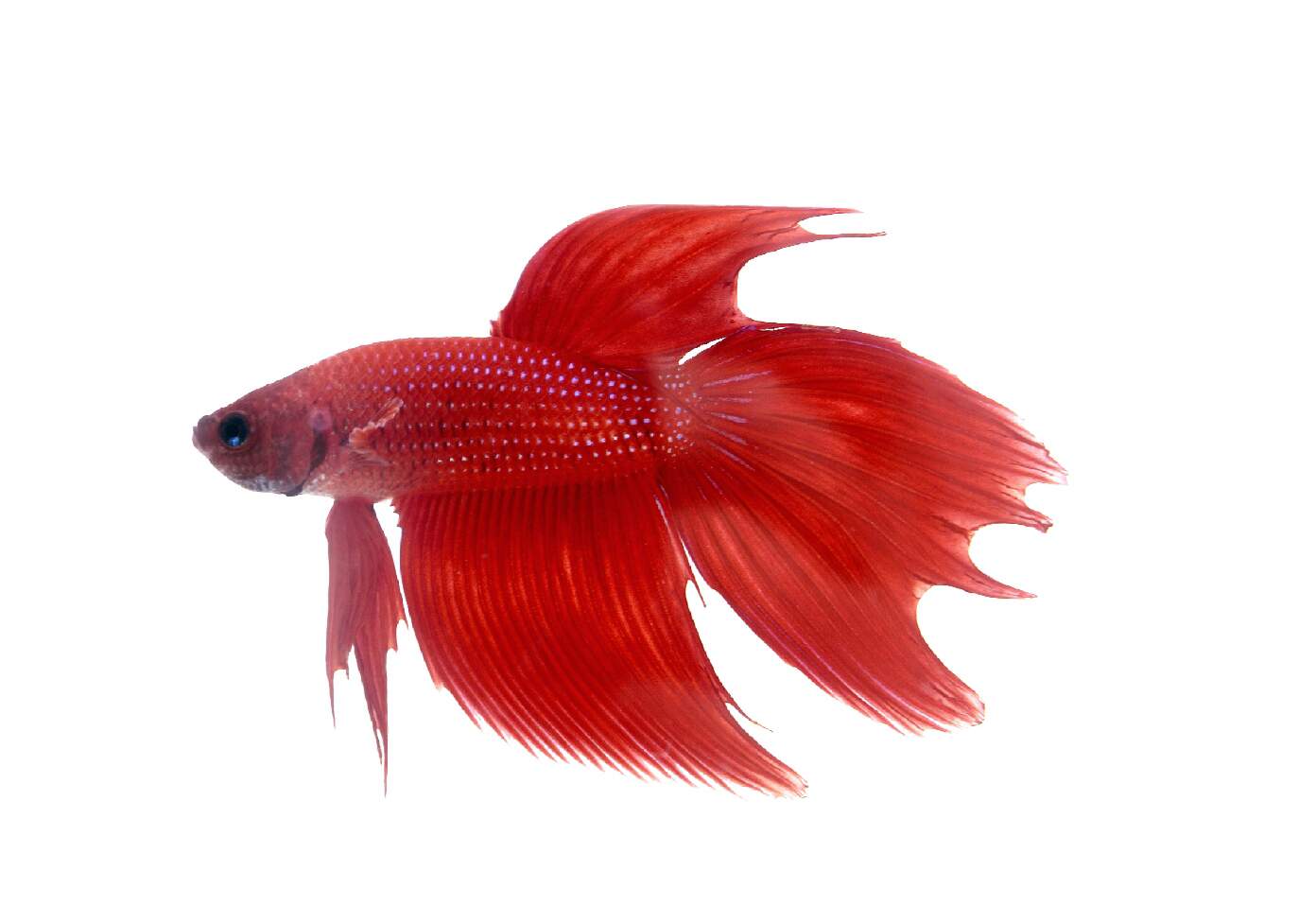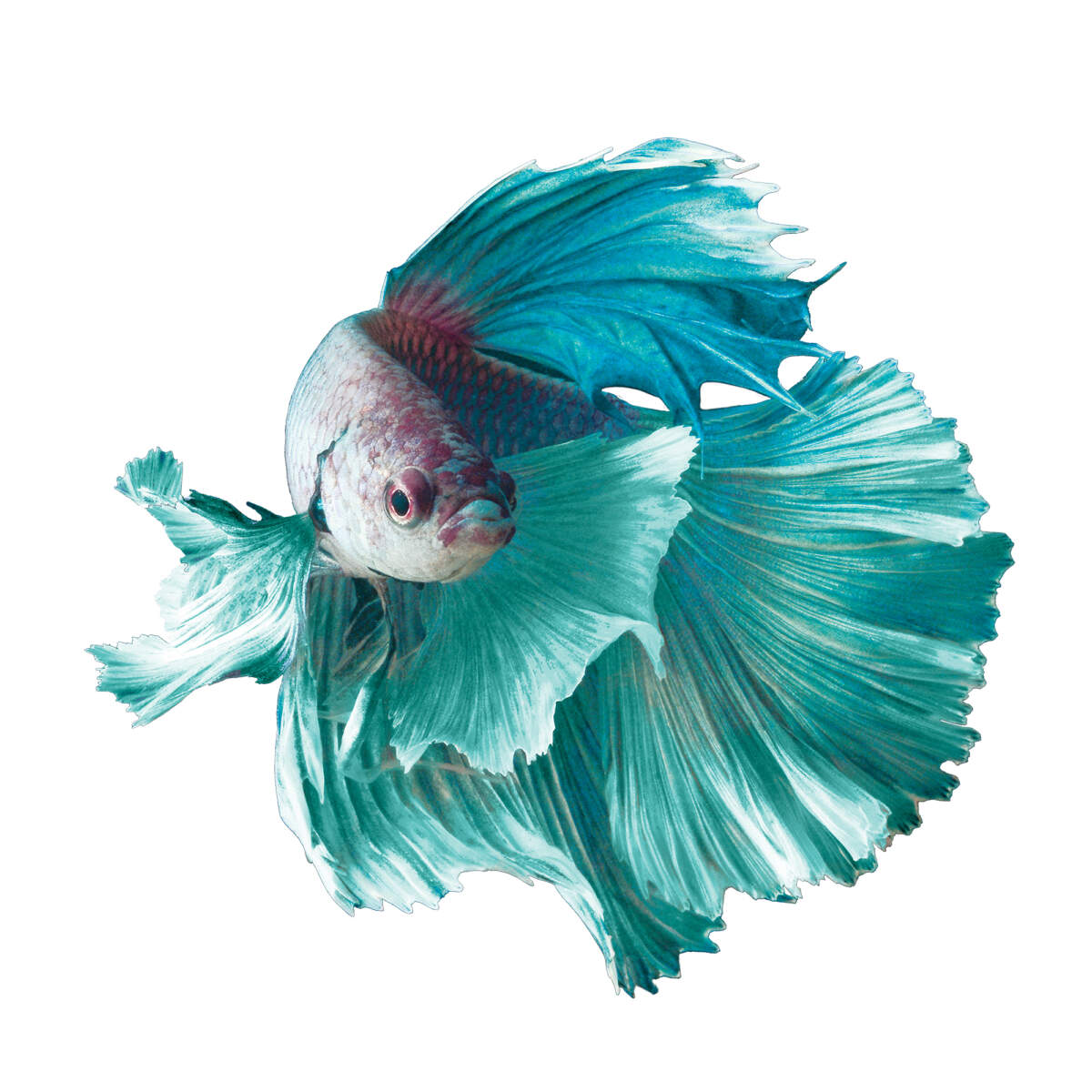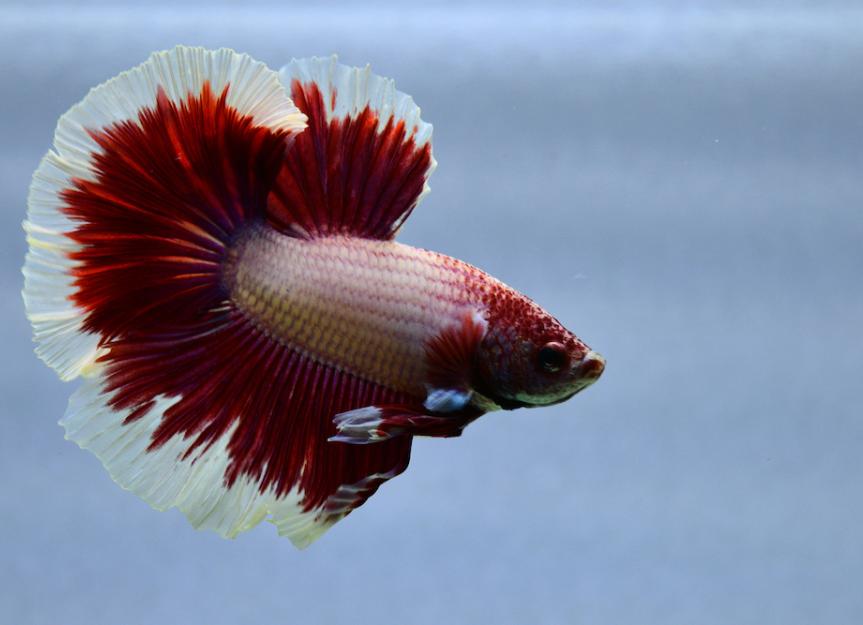Betta Fish Tank Setup: A Step-by-Step Overview for Beginners
Betta Fish Tank Setup: A Step-by-Step Overview for Beginners
Blog Article
Breeding Betta Fish: a Comprehensive Step-By-Step Guide to Effectively Raising Baby Bettas From Eggs to Their Adult Years
Reproducing Betta fish is a precise endeavor that calls for mindful planning and implementation to ensure the effective advancement of fry from eggs to mature fish. As the male Betta vigilantly constructs a bubble nest and guards the priceless eggs, the succeeding stages of treatment and transition need interest to detail and expertise of ideal techniques.

Selecting Breeding Pairs
When getting started on the trip of breeding Betta fish, selecting the best reproduction pairs is crucial to accomplishing preferable characteristics and a healthy family tree - betta fish. The initial step in this process is to identify the certain qualities you wish to boost or maintain, such as color, fin kind, and physique. It is vital to choose genetically varied sets to prevent inbreeding, which can bring about health and wellness issues and undesirable qualities
Evaluate potential reproducing prospects thoroughly. A healthy and balanced male Betta should display dynamic shades, an active disposition, and well-formed fins, while the female should also display vibrant coloration and a rounded tummy, showing preparedness for spawning. Observing the character of both fish is important, as aggressive or excessively reluctant people might not breed successfully.
Keeping records of the parent fish's origins can help you track hereditary qualities and prospective issues. Ultimately, spending time in the choice procedure will considerably enhance the probability of creating strong, vivid offspring that meet your reproduction objectives.

Preparing the Reproduction Tank
Creating an ideal reproduction environment is a key step after picking appropriate sets for Betta fish. The breeding tank must be specifically created to provide comfort and boost the natural breeding behaviors of the fish. Start with a tank size of at least 10 gallons to guarantee appropriate space for both the man and female Bettas.
Preserve a mild filtration system to maintain the water clean while staying clear of solid currents that can worry the fish. Furthermore, an air stone can be included in offer oxygenation without interfering with the water surface also a lot.
Temperature policy is crucial; objective for a secure variety of 78-82 ° F(25-28 ° C) using a trustworthy heater. The pH level need to be kept in between 6.5 and 7.5, and normal water adjustments are needed to make certain high water quality.
Incorporate floating plants or spawning sponges to develop concealing places for the lady, while likewise urging bubble nest structure by the male - betta fish. Finally, guarantee the storage tank is devoid of sharp designs and any kind of potential threats, as the well-being of the fish need to constantly be prioritized throughout this crucial phase of reproduction.
The Breeding Process
Generally, the reproducing process for Betta fish involves a series of unique and evident habits that indicate readiness for recreation. The male Betta begins by constructing a bubble nest at the water's surface, which acts as a site for the fed eggs. This nest is essential, as it supplies a safe atmosphere for the eggs till they hatch.
When the nest is established, the male will present courtship behaviors, such as flaring his fins and exhibiting vivid colors to draw in the woman. The female, upon noticing the male's readiness, will certainly react by showing upright stripes along her body, signaling her receptiveness.
When the women approaches, the male takes part in a breeding dance, frequently causing an accept referred to as the "spawning." Throughout this welcome, the female releases her eggs, which the male feeds promptly. The fertilized eggs after that fall to the bubble nest, where the male very carefully collects and returns them to the nest. Following this, the male thinks responsibility for guarding the nest and making certain the security of the eggs till they hatch out, normally within 24-36 hours. This stage is crucial in the reproducing procedure, laying the foundation for effective fry development.
Caring for Betta Fry
Taking care of Betta fry calls for cautious interest to their setting and click over here now nourishment to ensure healthy and balanced development and growth. After hatching out, Betta fry are very small and susceptible, requiring a steady and tidy environment. Maintaining a water temperature level in between 78 index ° F and 80 ° F is critical, as Betta fry flourish in warm problems. Additionally, ensure that the water is totally free of dangerous contaminants; routine water changes of 10-20% are advised to preserve optimum water top quality.
Feeding Betta fry is equally essential. Originally, they must be provided infusoria or finely smashed high-grade fry food, as their mouths are too tiny to deal with larger particles. As they grow, you can gradually introduce larger foods, such as infant salt water shrimp or powdered flakes, to ensure they receive appropriate nutrition. Feed them percentages a number of times a day, being mindful not to overfeed, which can lead to water top quality problems.
Transitioning to Grownup Bettas
As Betta fry mature, transitioning them to adult Bettas is a vital stage that calls for cautious administration of their setting and social communications. This process commonly starts when the fry reach around six weeks old, whereupon they can be progressively presented to a more structured living atmosphere.
To facilitate this shift, it is vital to guarantee that the water criteria-- such as temperature, pH, and ammonia levels-- are ideal and stable. Adult Betta fish flourish in warm water (around 78-80 ° F) with a pH of 6.5 to 7.5. Slowly adjust the fry to these conditions to minimize stress.
Social communications are one more key element; man Bettas are infamously territorial and aggressive. It is advisable to separate men into individual storage tanks as they develop. Female Bettas can be housed together, yet treatment must be required to monitor for indicators of hostility.
Furthermore, nutritional modifications ought to be made as the fry Your Domain Name expand. Include high-grade pellets and live foods to support their development and health. By handling these aspects successfully, you can advertise a successful transition to the adult years for your Betta fish.

Conclusion
Successful breeding of Betta fish requires mindful focus to detail throughout the entire procedure, from selecting genetically varied pairs to providing optimal care for fry. Additionally, a well balanced diet and steady adaptation to grown-up environments are essential for the growth and growth of Betta fish.
Report this page